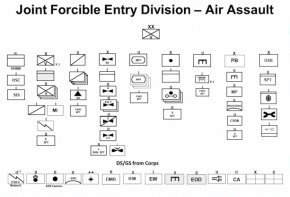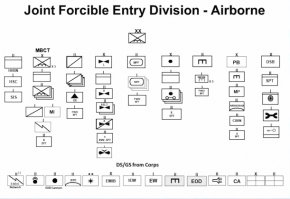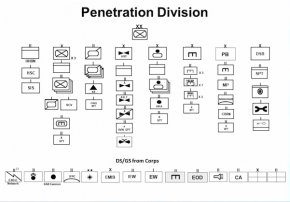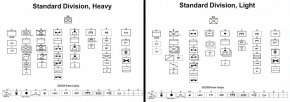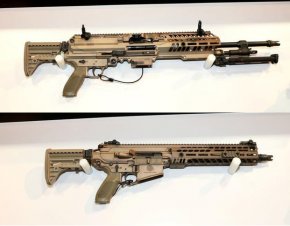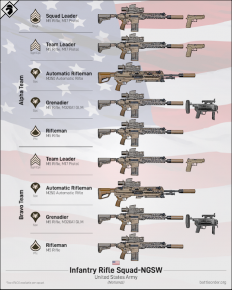Thank you. I knew this existed but the version I saw was low-res. On the subject of airborne I have a couple of questions. Is it an IFV that they need? Or a light-armor fire support platform? On the Sprut, Russia managed to squeeze a full MBT cannon into an air-droppable light armor chassis. I'm sure it could be done with the 105mm that western light armor loves for use for direct-fire support. Maybe what's needed is a set of SP platforms for direct fire support (ideally in two varieties, the high-caliber and the low-mid caliber), SP mortar (120mm), SP ATGM/loitering munitions carrier.
They need some firepower that is readily available to maneuvering forces, of which the hard core is infantry. An IFV is inherently closest to that role. It could be potentially anything else, but the way we see firepower added to even very light platforms, it would be a missed opportunity if a dedicated platform is created.
They do need some weapon carriers for capabilities like loitering munitions and dedicated payloads (EW, SIGINT etc), but also some medium firepower.
JLTVs with light M230 30mm guns will go a long way, but it's not hard to see how a Russian BMD would deliver a lot more effect. Take just a high pressure 30mm gun like the XM813, add ATGMs, and some deployable payloads on that platform, with about enough protection to take on the abundant 14.5mm, 23mm, and 30mm in the east, and it will significantly enhance their capabilities and target sets tremendously.
Additional MPFs are unfortunately not deployable enough to go beyond a battalion and will be a strain on lift.
On other things I can't help but notice is not only the absence of MBTs in some formations but also the extremely low quantity of MPFs. I'd expect either a full brigade of them at the division level, or at least a company in each brigade, with a btln at the division level.
So your minimum proposal is 2 battalions worth of MPFs per division. However, beyond deployability issues, the MPF is under-powered to do any more than demolition and direct fires against light to medium targets. It cannot go toe to toe with MBTs due to its 105mm gun. Much of the firepower will exist on infantry assets, of which we don't know that much about.
Beside strategic mobility, the division will be inherently built of platforms and assets that are highly tactically mobile, and with a low footprint, logistical or otherwise.
The MPFs will be its bottleneck - they are the heaviest and most resource intensive asset. As much as they are helpful, they may undermine the pace of operations of the entire division if you add too many to handle. I believe about 1 battalion per division is that limit.











